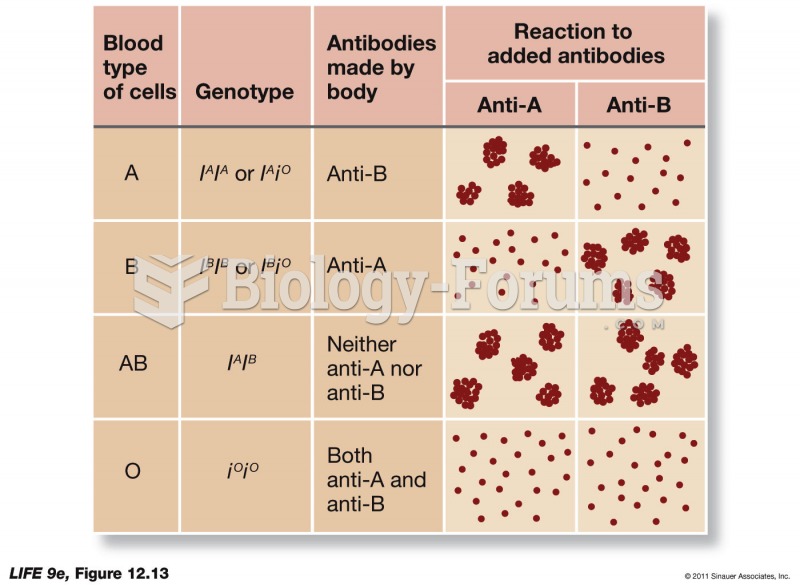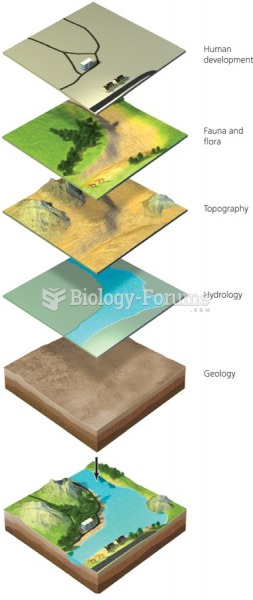Answer to Question 1
Effective store design appeals to the human senses of sight, hearing, smell, and touch. Smell is believed to be the most closely linked of all the senses to memory and emotions. Bakeries, coffee shops, popcorn vendors in movie theaters, and specialty shops that sell coffee or tobacco often attract customers through the smells that emanate from their products. Retailers hope that using smells as an in-store marketing tool will put consumers in the mood.. Regardless of the smell used, it must be consistent with the store's image.
Retailers have piped music such as Muzak into their stores for generations, believing that a musical backdrop will create a more relaxing environment and encourage customers to stay longer. Increasingly, music is being seen as a valuable marketing tool because the right music can create an environment that is both soothing and reflective of the merchandise being offered. Researchers believe that while the tempo of music affects how long shoppers stay in a store, the type of music may be just as influential on how much they purchase. Today, some retailers are experimenting with placing advertisements into the background music. Other retailers have found a different use for this canned music. Retailers need to understand the culture they operate in, as well as the role of music throughout the seasons. Also music could be used to draw attention to select merchandise within the store.
Retailers have come to understand how lighting can greatly enhance store sales. One of the early keys to success for Blockbuster Video was its move away from the 100-watt bulbs used by its competitors to brighter lights. Brighter lighting in a wine store influences shoppers to examine and handle more merchandise. Department stores, on the other hand, have found that raising lighting levels in fashion departments can actually discourage sales because bright lighting suggests a discount-store image. Lighting design, however, is not limited to simple light levels. Retailers have learned that different types and levels of lighting can have a significant impact on sales. Increasingly, retailers are also recognizing that lighting is a large contributor to energy cost and energy waste, and thus energy efficient lighting is a very high priority in both new buildings and store remodeling. Many retailers are actually using too much outdoor lighting today, probably because of the increasing risk of accidents or lawsuits.
The proper lighting combined with smell and sound can greatly enhance store sales.
Answer to Question 2
T







